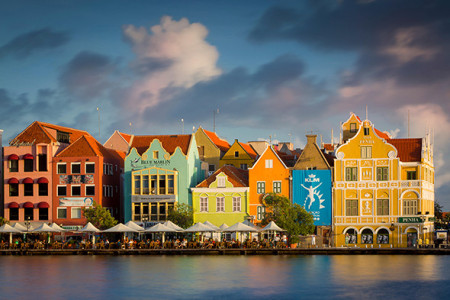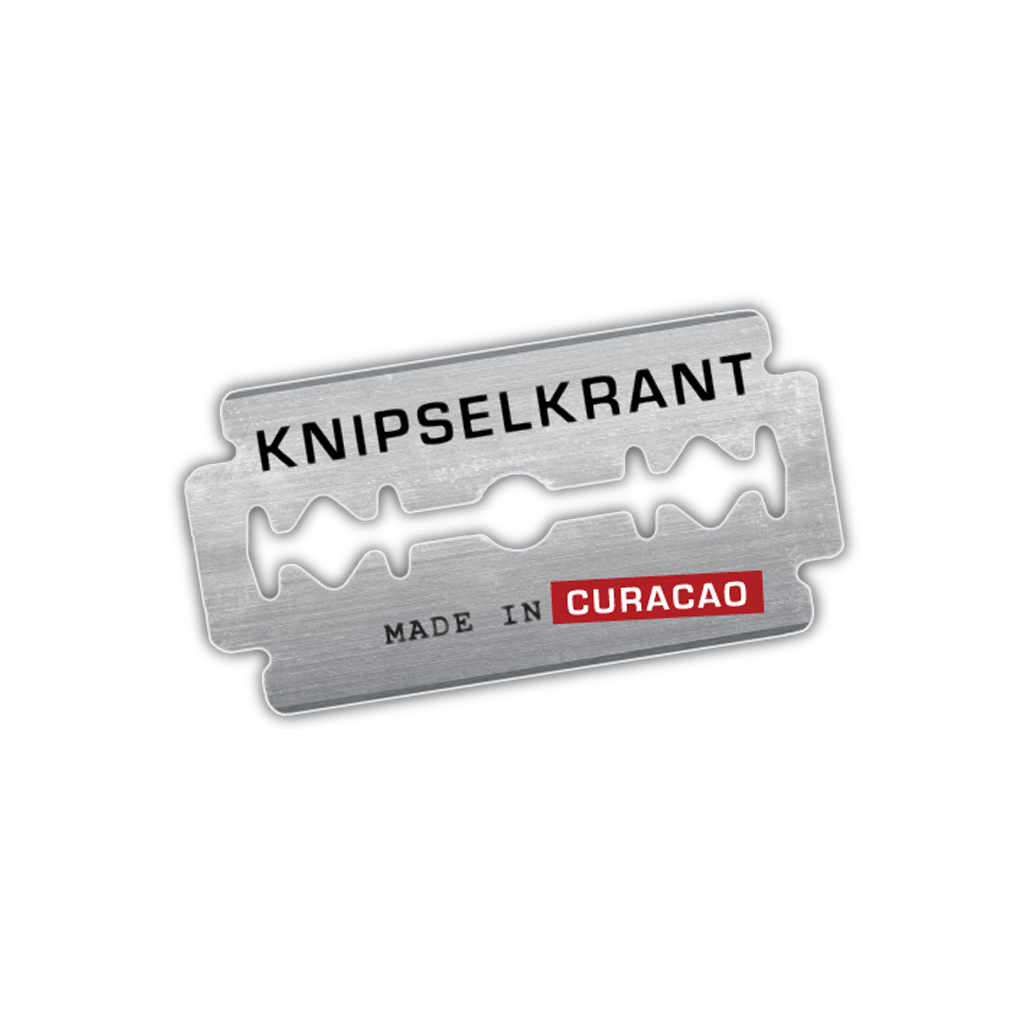
No matter where or how far he roams, Alfred Gutierrez can’t stay away from Curaçao for long. Nor would he want to.
Though he was born on the Dutch Caribbean island—to a Dutch mother and a Venezuelan father—and spent his formative years there, Gutierrez’s educational aspirations led him to the Culinary Institute of America in Hyde Park, New York, and The Hague in the Netherlands.
From there, the budding chef and entrepreneur worked the culinary scene in Europe and Bonaire before circling back, once again, to his roots in Curaçao. The island’s biggest asset, he says, is its locals. “The people of Curaçao are multicultural, kind, and always find a reason to laugh.”
Here are a few of the island native’s favorite things about the place he’s proud to call home.
Curaçao Is My Island
December is the best time to visit because we’ve got celebrations and fireworks going on. At Christmastime, Curaçao’s capital city of Willemstad is decked out in lights and the Caribbean weather brings a totally different flavor to a holiday many people associate with winter.
My island’s biggest attractions are our beaches, but a visit isn’t complete without going to Marshe Bieu, known as the “Old Market,” where the ladies of Curaçao cook authentic stews on charcoal throughout the day.
The Chichi, a colorful statue of a voluptuous island woman, is the ultimate souvenir. Chichi is the Papiamentu (a distinctive Creole language derived from African and European languages) word for “big sister,” a figure that is widely recognized as the glue that holds the family together. Find the best selection at Willemstad’s Otrabanda Hotel (where the Renaissance Mall is) or paint your own at Serena’s Art Factory, owned by Chichi creator Serena Israel.
My island really knows how to celebrate Carnival. Everyone gets in the groove. The spectacle starts in January with the Tumba Festival, where musicians compete to win the title of Tumba King or Queen. (Tumba is the official music of Curaçao’s Carnival.) On the day of the parade, everybody crashes into town (Willemstad) to watch the parade. It’s beautiful.
The dishes that represent my island best are the stews! We’ve got stewed cucumber, stewed papaya, stewed bananas, and gumbo that we call giambo. Giambo—which can be flavored with salted meat, salted pig tails, barracuda fish, shrimps, and conch—has a slightly slimy consistency owing to its main ingredient, okra, and is eaten with polenta. Curaçao, a liqueur made from the dried peel of the laraha orange, is the island’s signature drink. You can find it at the Landhaus Chobolobo distillery.
My favorite local expression among the Islanders is “Dushi.” The Papiamentu word is used as a stand-in for “sweetheart,” “honey,” and “my love.”
You can tell if someone is from my island from their kindness. The people of Curaçao have a special way of socializing and bonding with people right away.
Mambo Beach (aka Seaquarium Beach) is the best place to experience live island music. On Sundays, they’ve got merengue and salsa, and a very generous happy hour that starts at 5:00 p.m.

My favorite “island secret” is a little beach in Watamula that few people know about. You have to walk down cliffs to get to the cove and the beach. It’s very secluded and private.
The most beautiful places on the island are Knip Beach and Christoffelberg, the highest point in Curaçao. The view from the top is incredible. Klein Curaçao—a little island surrounded by turquoise waters with a lighthouse tower and a couple of fishermen huts—is also a must-see.
Head to the western side of the island if you want to get up close and personal with wildlife. Christoffel Park and Shete Boka Park are great areas to view wildlife.
If you’re interested in a guided tour, I recommend Peter Trips, a sightseeing company that offers an eight-hour tour that covers the entire island, including stops at the Kura Hulanda Beach Club and Knip Beach. They also offer a one-on-one tour and a small tour for about two hours.
If you’re up for an adventure, try scuba diving or take a helicopter tour through Blue Skies Helicopters.
To experience the island’s cultural side, go during the Seú Harvest Festival Parade to see locals dressed in their native cultural clothes.
If you have kids (or are a kid at heart), don’t miss Mambo Beach and Chogogo Beach, which have lifeguards to ensure children’s safety.
The world should heart my island because it is the best-kept secret in the Caribbean and it’s time to let the secret out. We’ve got a rich heritage, prized culture, tranquility, and safety. Eat the food, meet the people, go dancing. Be wild. Be happy.
Bron: NationalGeographic

